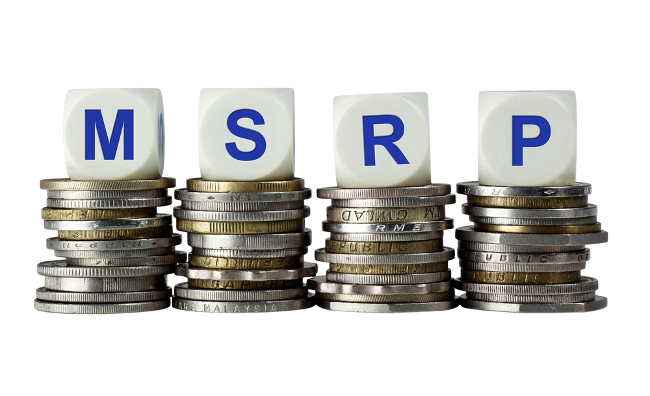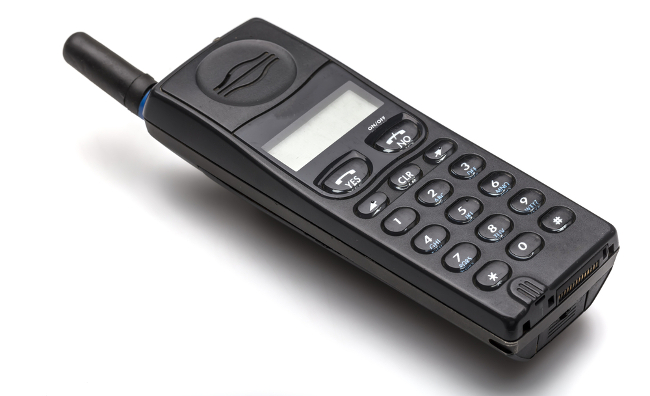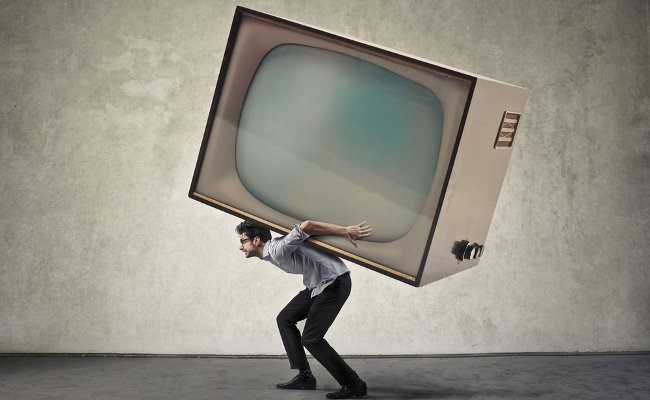
On Thursday, we’ll eat turkey, spend time with family, take in a movie, and enjoy golden-lit, tender family traditions. And on Friday, we’re going to powerbomb some motherf***er through a table of cheap plastic s*** for trying to grab the last f***ing Hatchimal. OK, generally the first official shopping day of the holiday season is a little less WWE and a little more conspicuous consumerism. And there are absolutely deals to be had.
Remember the proverb as old as capitalism itself, though: Let the buyer beware. Black Friday is rife with deals that aren’t really deals, math that doesn’t add up, and attempts to get you to buy stuff to get it off shelves instead of because it’s what you want. Here’s what you need to know about buying on Black Friday.
Check The Real Price

We all know the scam of MSRP or “manufacturer suggested retail price.” Nobody has ever actually paid $49.99 for some animatronic toy or a car stereo component. But of course, all discounts are based off of it. So when evaluating any deal, especially one that’s simply “15% Off” look at what the starting price is and bust out the calculator. That’ll tell you the real deal. And then check online! Often, you’ll find that no one has ever sold the product at MSRP. But stores aren’t going to tell you that. They’re just going to show you a retail price and allow you to assume that there’s an actual discount involved.
Doorbusters Aren’t Deals: They’re Bait
In any Black Friday circular, the biggest, loudest deals, the ones they push the hardest, are doorbusters. The idea is to get you in the door with the deal, and then sell you on everything else that isn’t actually as cheap as you imagine it is. Depending on the store, it also means that the doorbuster, whatever it is, runs out almost instantly, but people don’t know that until they walk in. The biggest problem any store has is getting you inside the walls, and once that happens, they can generally get a sale out of you.
Black Friday Has Its Own Shoddy Goods

If there’s a giant television from some no-name manufacturer at a shockingly low price, remember that you get what you pay for. Sometimes certain goods are rushed out of the factory and onto the shelves in order to fill out a Black Friday flyer rather than deliver a quality product. TVs are the usual suspect on this one, but that trend has reversed this year. That doesn’t mean you should let your guard down! If there’s a deal from a company you don’t know, look up the name (usually a model number for electronics) and see if it’s just been released, if it’s been reviewed, and whether it’s worth waiting out in the cold (and potentially getting assaulted) for.
Outdated Goods Are Priced To Move, But Make Sure They’re Worth It

Is there anything wrong with last year’s phone or last year’s TV? Probably not. It’ll likely last you at least a couple of years and be perfectly serviceable, if not cutting edge. That said, though, beware of Black Friday deals that are just old stock the store is hoping to get rid of. Not only are these items probably not worth it, but you don’t know the condition of what you’re buying or why it sat on the shelf for so long. Look closely at how deals are packaged and don’t hesitate to Google product numbers or names to see what pops up.
The Internet Might Still Have A Better Price
The idea behind Black Friday, of course, is that it’s the beda day for deals all year. And that may be true, as far as brick-and-mortar shopping goes. It may not, however, be true for all products, or true in general. An analysis of Black Friday deals found that if you’re in the market for smartphones, travel, or laptops, you’d probably be better off waiting for Monday. Any deal should be subject to a quick check to ensure you’re not paying more than you would online.
No Deal Can Justify Hype

There are a lot of great deals on 4K TVs on Black Friday, and 4K TVs are going to be increasingly everywhere as the prices drop and the format becomes standard. One teeny tiny problem: A 50-inch 4K TV is just buying more pixels without a noticeable improvement in picture quality. Not even 65 inches will do it. You need a TV pushing the 75 to 80 inch barrier before 4K starts to be a sensible choice. If you’ve got a living room with a seven foot blank wall you need to fill, your television prayers have been answered. Most of us, though, top out at maybe 50 inches.
This is true of a lot of things, especially in tech. Before you drop any money on a Black Friday deal, remember that technology is rarely “one-size-fits-all.” Look closely at what the tech you’re buying is designed to do, how it works, and how it’s supposed to fit in your life, or the person you’re buying for.
And Don’t Punch People Over Consumer Items, For Pete’s Sake
We know it shouldn’t bear repeating, but for the seats in the back? Stop it. You’re embarrassing your country.






